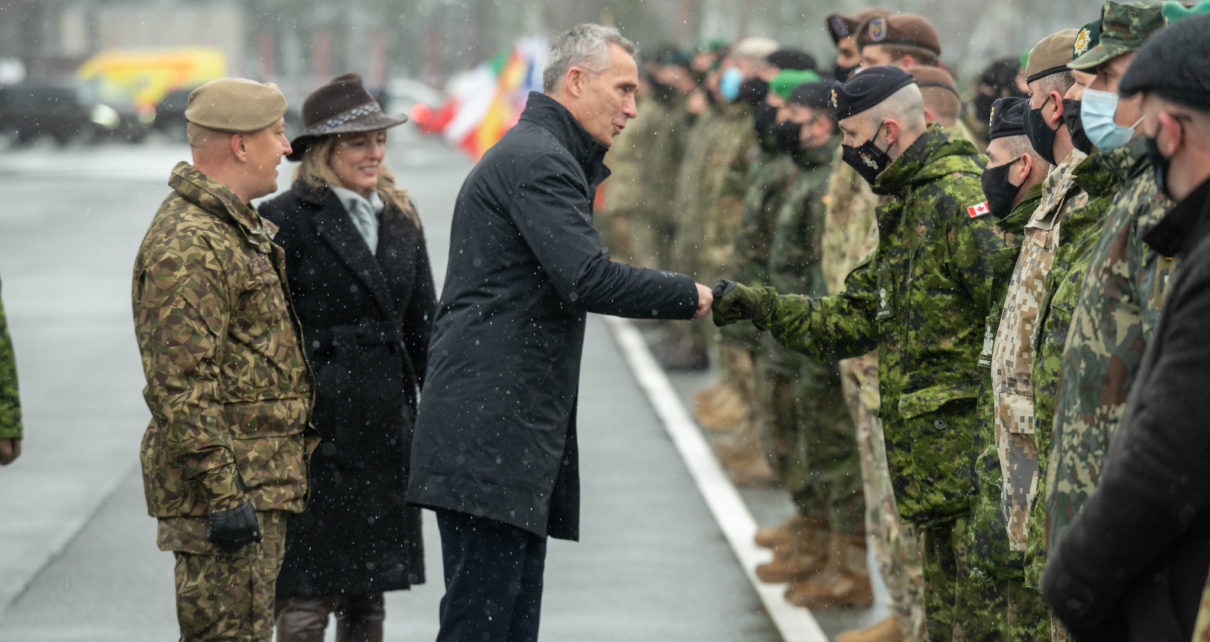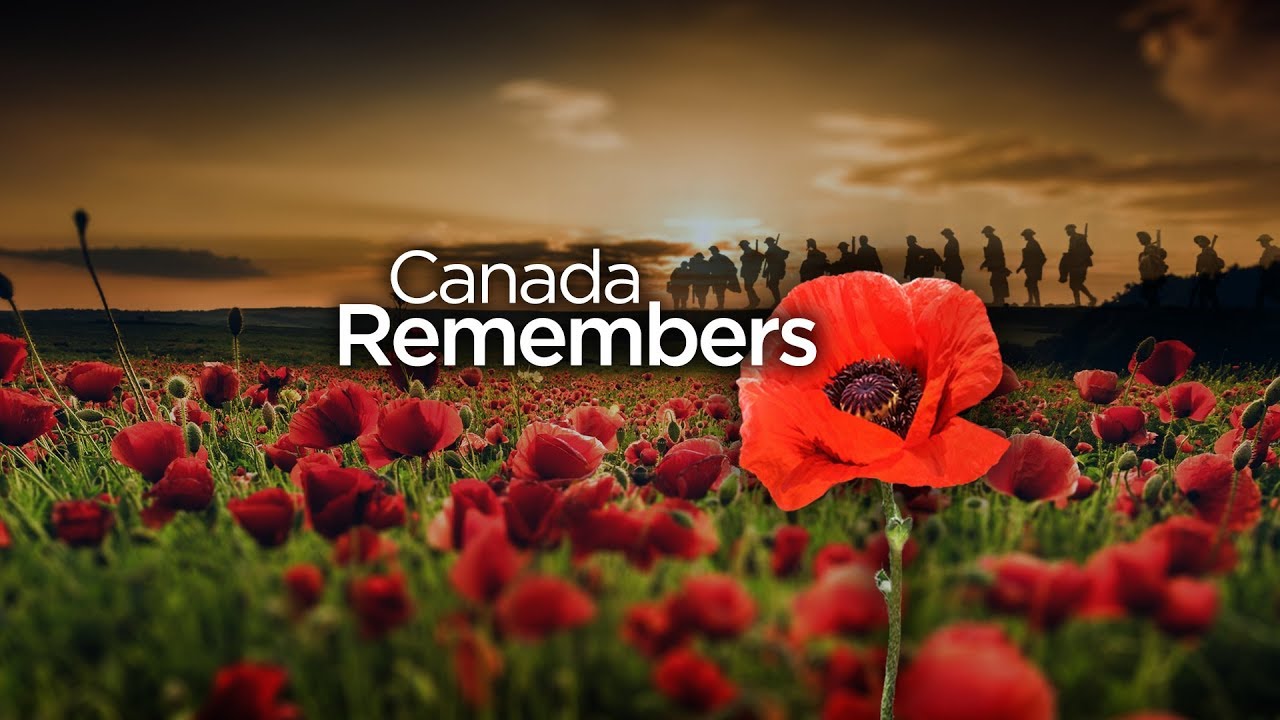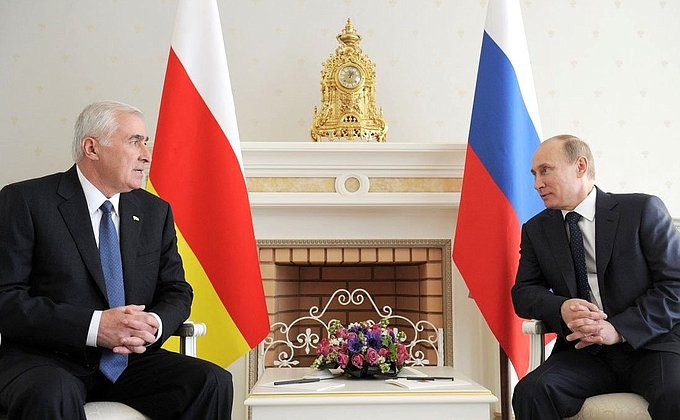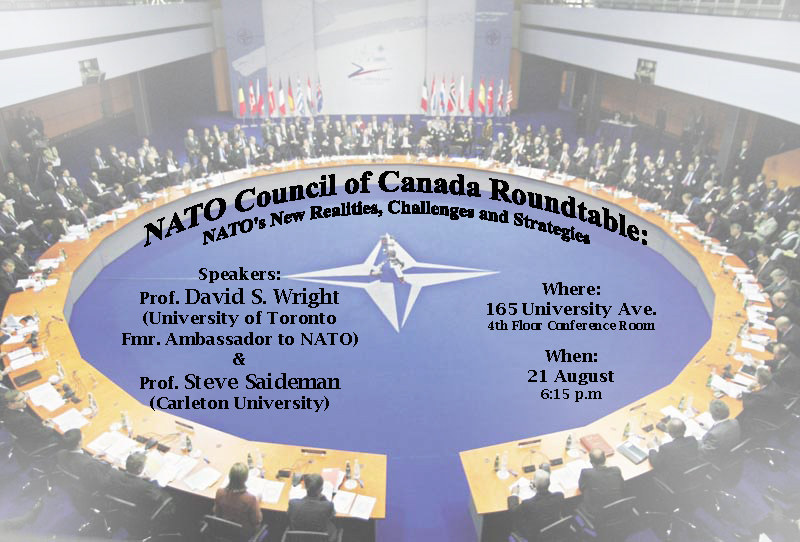At March’s NATO summit, which came a month after the Russian invasion of Ukraine, Prime Minister Justin Trudeau “reaffirmed Canada’s steadfast commitment to NATO.” However, initial moves to strengthen NATO and the Canadian Armed Forces (CAF) by way of personnel shifts and a modest fiscal increase have failed to give teeth to these assertions. In general, a raft of obstacles, including personnel shortages, budgetary constraints, an ungainly procurement process, and the vagaries of public opinion, have thus far impeded Canada charting a bolder course as a NATO member.
Canada’s contribution to NATO’s vulnerable eastern flank dates to 2014, when Russia annexed Crimea. To check further Russian revanchism, NATO pursued “a posture of enhanced deterrence.” Canada supported this goal via Operation REASSURANCE, which included positioning 450 CAF members in Latvia. By 2018, the CAF had 540 troops there.
Following the Russian invasion of Ukraine, the CAF has further augmented its presence on NATO’s eastern flank. A 120-strong artillery battery has already reached Latvia. Another 100 personnel are bound for Poland, where they will participate in humanitarian and relief work and peacekeeping operations. With these shifts, the region now hosts 1,475 CAF members, with 695 in Latvia. Should the need arise, these forces could swell by 3,400 troops.
Although numerically modest, these figures are proportionately large. The Latvia-based Canadian soldiers account for 40 per cent of the NATO forces in that country. This accounts for a sizeable chunk of the CAF. The 695 personnel represent one per cent of the 65,000-strong Regular Force. By this metric, an increase to 4,875 would constitute about seven per cent of the Regular Force.
However, in the long term, bolstering NATO’s position by maintaining a contingent in the region might not prove viable. The force build-up could disrupt or detract from other commitments. In particular, some have voiced concerns about neglecting the Canadian Arctic.
The potential disruptions that could follow from stationing these troops on the eastern flank speaks to the CAF’s long-running recruitment troubles and attendant personnel shortages on the order of 7,600 to 10,000 fewer than intended. “We simply lack the army, navy, air force and special forces’ size, depth and capacity to contribute meaningfully in multi-power deterrent, combat, containment or show-the-flag engagements,” writes Canadian Global Affairs Institute Fellow Hugh Segal.
The CAF’s difficulties also extend to the fiscal realm. Until 2017, when Strong, Secure, Engaged took effect, the most recent budget noted “a trend of lagging defence spending that stretched back three decades.” Still, even elevated defence spending amounted to a meagre 1.3 per cent of GDP in 2021.
The fiscal situation might markedly improve. Recently, the Department of National Defence secured a maximum of an additional $8 billion in funding. Deputy Prime Minister and Minister of Finance Chrystia Freeland cited the situation in Ukraine as the justification for this “immediate, additional investment in our armed forces.”
However, this NATO-enhancing outlay has polarized public opinion. Some Canadians regard the sum as adequate. For others, the bump, which will not achieve NATO’s aim of 2 per cent of GDP, underwhelms. A steep annual defence expenditure of $40 billion, or $58 billion, depending on the estimate, could rectify this shortfall. However, recent polling seems to indicate only a minority of Canadians would favour larger budgetary expenditures for defence.
Indisputably, though, the $8 billion will not stretch far in facilitating the CAF’s shift from waging asymmetric conflict to readying for symmetrical warfare on NATO’s eastern flank. Fifteen planned ships have a price tag of over $77 billion, while a complement of F-35s could consume upwards of $20 billion.
Beyond the financial limitations, procuring materiel will face other challenges. Because of the notoriously cumbersome procurement process, the CAF receives equipment after extraordinarily long intervals, which will probably slow the outlined defence upgrades. For example, as Hugh Segal and others have observed, replacing Canada’s out-dated CF-18s has elapsed over decades.
Even with a vastly expanded military, Canada will not attain parity with Russia in the Arctic. With a reported pre-invasion strength of 900,000 active-duty personnel, the Russian military is almost fourteen times larger than its Canadian counterpart. Furthermore, despite claims to the contrary, Canada will likely continue to derive protection from its geographic proximity to the world’s military heavyweight, the U.S., which has already begun enhancing its polar presence.
Finally, a military build-up stems from the logic that an imbalance of forces represents a liability on which an adversary might capitalize. While advanced as essential for furthering security, posturing or expanding arsenals—whether conventional (e.g., nuclear) or unconventional (e.g., AI)—could also lead to more volatility and danger. In other words, a build-up could widen rather than contain the war. As such, policymakers ought to weigh carefully the perceived advantages and repercussions of a military build-up intended to safeguard NATO’s eastern flank.
Shifting to Canada’s foreign policy on Ukraine, a gripping geopolitical conveyance appears in how Canada perceives the transatlantic relationship within its geosecurity interests and Canada’s role in upholding NATO’s prominence as the key institutional actor in defending the geosecurity architecture of the region.
From the onset of the conflict, Canada has been step-in-step with its NATO allies in imposing sanctions on more than 750 individuals and entities connected to Putin and his regime. Moreover, Canada has referred to emerging allegations of war crimes and crimes against humanity by Russian troops against the Ukrainian people to the International Criminal Court; banned the import of Russian oil; and provided lethal and nonlethal weapons to Ukraine, with Canada recently announcing to send heavy artillery weapons.
Although Canada has been a component ally in contending with the strategic challenges posed by the Russian-Ukrainian conflict, Canada still lacks a coherent foreign policy on how to contribute to the Alliance’s collective security mandate and the type of military presence it wants to sustain on NATO’s eastern flank.
Upon examining Canada’s strategic initiatives toward the conflict, traditional baggage hinders Canada’s ability to project its geosecurity priorities within the Alliance’s growing conflict with Russia and its importance in upholding the rules-based international order. For instance, in deploying 100 personnel of the CAF to Poland for humanitarian and peacekeeping efforts, Canada continues to carry forward with its traditional notions of being a middle power.
However, to manage the emerging conflicts from this new era of geopolitics, Canada needs to move away from its traditional comforts of being a middle power that fosters Pearsonian strategies of peacekeeping, peace-building, and humanitarian initiatives. Although the current Liberal government is wary of transitioning away from this strategic narrative, the emerging geopolitical and geosecurity realities of the multipolar order—particularly the return of hard power politics and territorial conquest—showcase how Canada’s foreign policy is outdated for the modern era.
No matter how the Russian-Ukrainian conflict ends, it is unlikely that Putin will be dethroned as Russia’s head of state. Thus, to effectively deal and operate with Putin going forward, particularly in the Arctic, Canada needs to understand that Putin—and his military leaders—respect and acknowledge the notion of hard power as the key diplomatic and military tools in advancing and attaining a state’s geosecurity interests.
To capitalize on this new prospect of creating an updated image and role for its involvement in NATO and shift in its geosecurity footprint in the transatlantic region, Canada needs to understand how best to develop and procure military assets, capabilities, and infrastructure by deepening its regional engagement in Europe and with Ukraine.
Canada should declare any forthcoming military deployments to NATO allies as logistical and joint deterrence operations to accomplish this task. This will move Canada away from Pearsonian foreign policy ideals and shift Canada to become a NATO force amplifier and reinforcer of the rules-based order to NATO allies, Ukraine, and Russia.
Canada should also take great interest in the Finnish and Swedish decision to join NATO. In particular, if Finland becomes a member, Canada should be the first NATO member to offer military assets, capabilities, and infrastructure support in order to mitigate vulnerabilities. Although the addition of Finland is welcomed among many in the Alliance, it will take some time before Article 5, the “collective defence” clause, can be reinforced with Finland if Russia attacks, a possibility that Russia declared when referencing the geosecurity uncertainty of Europe if NATO expanded further. And with Finland having the largest border with Russia of any European Union member, a 1,340-kilometre frontier, it will need military assurances in the early days of membership.
Although the Finnish Defence Force is competent in warfare, wielding extensive military experience and intelligence on Russia’s military, Finland would still need assistance and first-hand knowledge of how NATO operates its tactical deployments of forces and strategic maneuverability. Fortunately, Canada has been a key player in Operation UNIFIER, a CAF mission that supported the Ukrainian Security Forces in military communications, surveillance, and detection and operational tactics. Canada can easily share best practices from transferable experience, with its first-hand knowledge of NATO, to Finland in order to ensure a rapid and efficient transition period.
To date, Canada has taken important steps to contribute to the security of NATO’s eastern flank. But these actions alone will likely not achieve the desired aim. Embracing the policies required to play a larger role in safeguarding NATO’s eastern flank, though, might face serious hurdles, such as public opposition to ballooning defence budgets, as well as run up against an entrenched preference for peacekeeping and humanitarian operations. Negotiating these challenges will be key to Canada pursuing new directions in defence and foreign policy in the coming months and years.
Image copyright: NATO Secretary General Jens Stoltenberg visits the NATO enhanced Forward Presence (eFP) battlegroup at the Ādaži Military Base, together with the Minister for Foreign Affairs of Canada, Mélanie Joly, and the Minister of Defence of Latvia, Artis Pabriks. By NATO, via Flickr. Licensed under CC BY-NC-ND 2.0.
Disclaimer: Any views or opinions expressed in articles are solely those of the authors and do not necessarily represent the views of the NATO Association of Canada.




